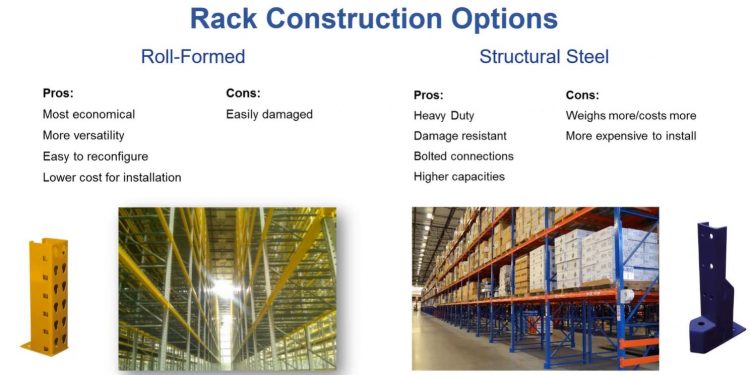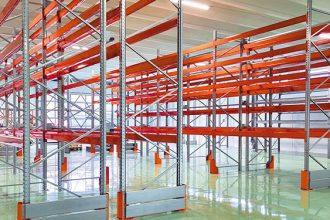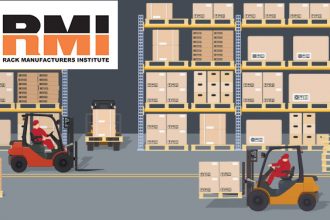Planning Your Rack System

With the right combination of equipment, you can meet your varied customers’ needs.
The complexity of warehousing operations has been on a steady increase for the past decade or so. Now add in the pandemic and explosive demand for ecommerce, and the picture is changing fast. This holds true from the big retailers like Walmart, on down to the mom-and-pop corner store. Many d are now operating in an omni-channel approach, trying to meet all types of customer ordering patterns, from traditional on up.
Gone are the days of pallets in and pallets out. Even cases in/cases out is playing a smaller role every day. Customers want cases in and split apart into eaches. In some cases, they’re even looking for eaches in, eaches out.
If your system hasn’t adapted to these changing needs, it’s a good bet that your operations are falling behind. That doesn’t mean you need to make a massive investment in automation, however. With some dedicated planning and redesigning, you can likely keep up.
First, it’s important to understand the basics of racking, starting with pallet racks, which can move up from low- to high-density. The racking equipment available for pallets generally comes in two variations based on how they are constructed. One is roll formed and the other is structural steel. Roll formed racks may be the most economical and versatile, but have the drawback of potential easy damage.
You can also choose your pallet density to varying degrees, each option with pluses and minuses. Selective racking is the most common, allows for high selectivity, and comes in at a low cost. It requires more aisles than other options, however, and provides for lower cube utilization. Pushback racks can run up to six pallets deep and require less aisle space. They are a bit more expensive, however, because of the cart mechanism.
Other options include drive-in systems, double-wide pallet drive-in racks, pallet-flow racks, and finally, pallet shuttle systems. The latter gets you into very low-level automation by providing a battery-powered shuttle that picks up and puts away pallets, freeing up operators for other tasks in the meantime. This ups the productivity levels and is good for low SKU product mixes. The cons to this option, however, include maintenance and higher costs.
When it comes to picking, you also have options that are non-automated which can keep you in the ecommerce ballgame without a hefty expense. A good deal is possible with good floor design and rethinking processes.
One solution for accomplishing this goal is floor level picking from pallets. This is a low-cost approach with minimal pallet handling and higher throughput. The downside is that it requires a bigger footprint and is best suited to case picking, not each picking.
From there, solutions range from carton flow for case picking, flex cell systems for each picking, and pick modules, which make good use of vertical space. Each steadily increases throughput, and all have their pluses and minuses.
The bottom line: There’s no single answer for an effective DC, no one-size fits all. But there are multiple ways to go about it and with the right design partner, you can get there from here.


